
- Cows are holy in India.
- Half of the population in India is under 25 years old.
- The most popular sport in India is cricket.
- Indians love to eat vegetables.
- India has 51 births per minute.
- Indian cuisine is appreciated worldwide.
- India is the 2nd largest tea producer in the world.
- The largest democratic country in the world is India.
- The Indian economy is one of the fastest-growing economies in the world.
- India is one of the oldest civilizations.
- Yoga originated from India.
- The golden temple in Amritsar India gives out free vegetarian meals to over 100,000 people.
- India is the seventh-largest country by total area.
- The endangered Bengal Tiger is the national symbol of India
- The 2010 Commonwealth Games was held in Delhi, India but India has not yet hosted the Olympic Games.
- Mahatma Gandhi played an important part in India’s independence
- India experiences heavy rain called monsoon yearly because of its location.
- India became an independent nation in 1947 after ending British rule that began in 1858.
- 70% of spices used around the world come from India.
- The famous mausoleum and tourist attraction Taj Mahal is located in Agra, India.
India is part of Asia.
India is located in the southern part of the continent of Asia.
India has more than five bordering countries.
The close neighboring countries of India are Pakistan, Bangladesh, Bhutan, Nepal, China, and Myanmar.
India takes up 2.4% of Earth's surface area.
India’s land area is 3,287,469 square km. It is 2.2 times bigger than Alaska, USA. The distance between northern India to southern India is similar to the distance between Canada and Mexico.
India has 22 official languages.
If two random Indians met on the street, there is only a 36% chance that they can understand each other because India has 22 official languages which are Assamese, Bengali, Bodo, Dogri, Gujarati, Hindi, Kannada, Kashmiri, Konkani, Maithili, Malayalam, Meitei, Marathi, Nepali, Odia, Punjabi, Sanskrit, Santali, Sindhi, Tamil, Telugu, and Urdu.
India is an English speaking country.
India is the world’s second-largest English speaking country. The mere fact that they have 22 different languages, it is beneficial for the Indians to speak in English.
India has a population of more than 1.3 billion.
According to UN data, India’s population is estimated to be 1,371,472,636, as of 2019. This is 17.71% of the world’s population and is ranked number 2 in terms of population in the world.
India has the second-largest population in the world.
Following closely behind its fellow Asia country, China of 1.4 billion, India is the second most populated country in the world, with 1.37 billion people. And that’s more population than the entire Western Hemisphere of our planet.
India's population is growing dramatically.
India is expected to be the world’s most populated country by the year 2050 with an estimated population of 1.67 billion, equivalent to the combined population of the United States and China.
India has 29 states.
There are 29 states in India which are Arunachal Pradesh, Assam, Bihar, Chhattisgarh, Goa, Gujarat, Haryana, Himachal, Pradesh, Jammu & Kashmir, Jharkhand, Karnataka, Kerala, Madhya Pradesh, Maharashtra, Manipur, Meghalaya, Mizoram, Nagaland, Odisha, Punjab, Rajasthan, Sikkim, Tamil Nadu, Telangana, Tripura, Uttarakhand, Uttar Pradesh, West Bengal.
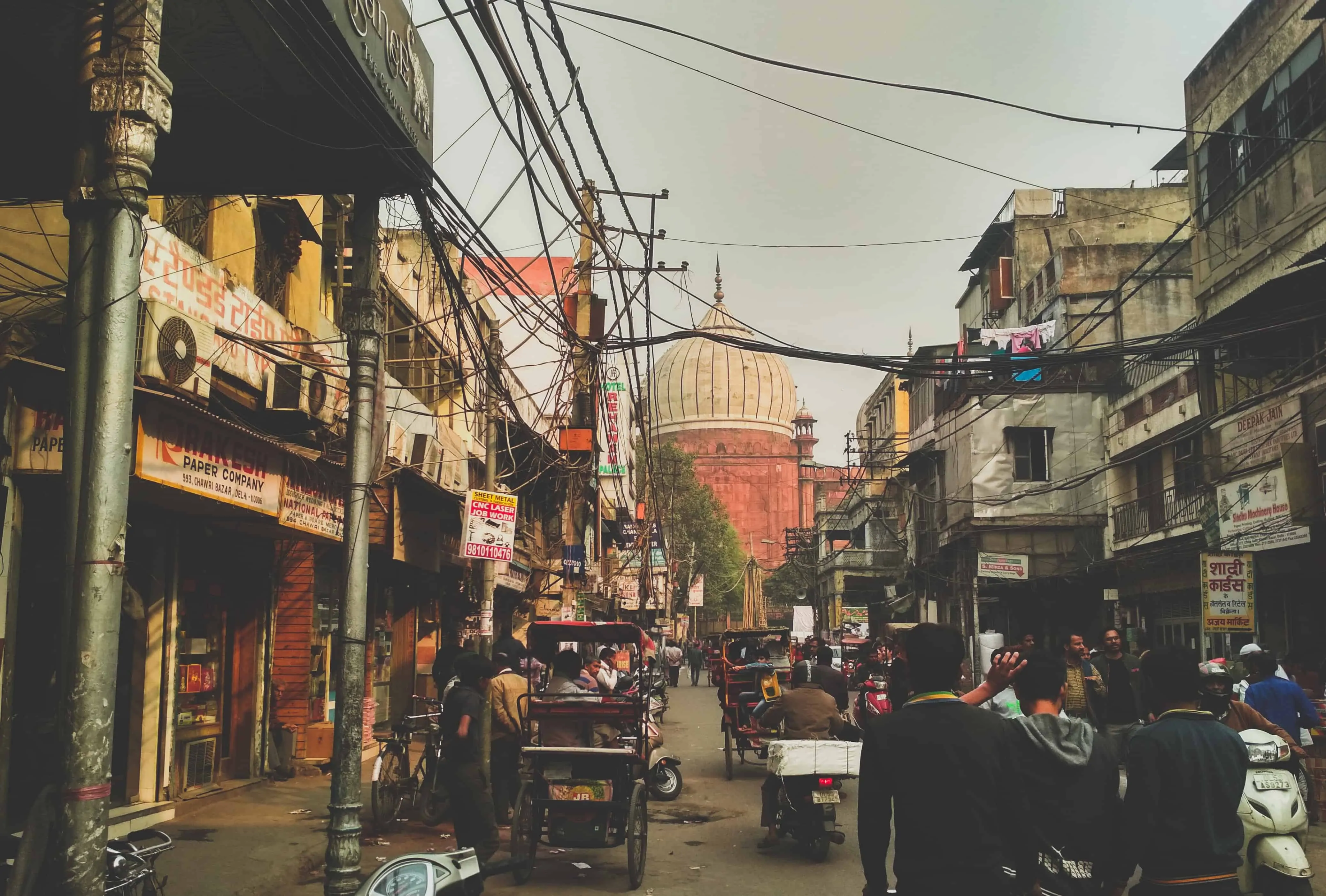
Delhi is the most populated city in India.
Coming in the first place is Delhi with 29.4 million people, and in second, Mumbai with 20.2 million people. Following closely are Kolkata (14.8 million), Bangalore (11.9 million) and Chennai (10.7 million).
India has many different cultures.
India has a diverse and “complicated” culture from religion, philosophy, family structure, wedding rituals, cuisines, and clothing. The concept of “Indian culture” is so complex that many writers were inspired to write their appreciation in the county’s culture.
India celebrates many festivals.
Festivals and holidays are almost endless in India to give way to their diverse religions. Christians celebrate Christmas, Muslims celebrate Eid, Sikhs have Baisakhi, birthdays for Gurus, Hindus have Diwali, Holi, Makar Sakranti, Jains have Mahavir Jayanti, Buddhist celebrate Buddha’s birthday and so on and so on.
The name 'India' originated from a river.
‘India’ was acquired from the River Sindhu (also known as Indus River).
The official currency is known as Rupee.
The official currency of India is called Rupee, and the official sign (₹) was adopted in 2010. The circulating series of banknotes currently features Mahatma Gandhi.
India has 6 seasons.
India has 6 seasons in the Hindu calendar. Vasanta Ritu: Spring, Grishma Ritu: Summer, Varsha Ritu: Monsoon, Sharad Ritu: Autumn, Hemant Ritu: Pre winter, and Shishir Ritu: Winter.
'Namaste' is an Indian greeting.
Namaste is a popular greeting in India that means “I bow to you” and an acknowledgment saying “May our minds meet”.
Families in India stay together under one roof.
One big happy family is common in India wherein parents, husband and wife, children, and relatives can stay together in one roof.
Cow is regarded as the Holy Animal in India.
In India, cows are worshiped as a maternal figure bounty of mother earth, and feeding cows or contributing to cow shelters are religious acts. They acknowledge that cows are a source of life-sustaining milk and slaughtering or eating cows is considered to be a sin. The Indians do this as gratitude to Mother Earth.
Indians fast.
Fasting is a basic part of Hindu culture. Indians believe that this act will show their sincerity and express their gratefulness to the gods and goddesses.
Fire plays an important part in an Indian wedding.
Indian couple exchanges their vows around the Agni (God of Fire) that acts as a witness to the ceremony. The bride and groom will recite the sacred Hindi pledge of marriage and will take seven steps around the fire.
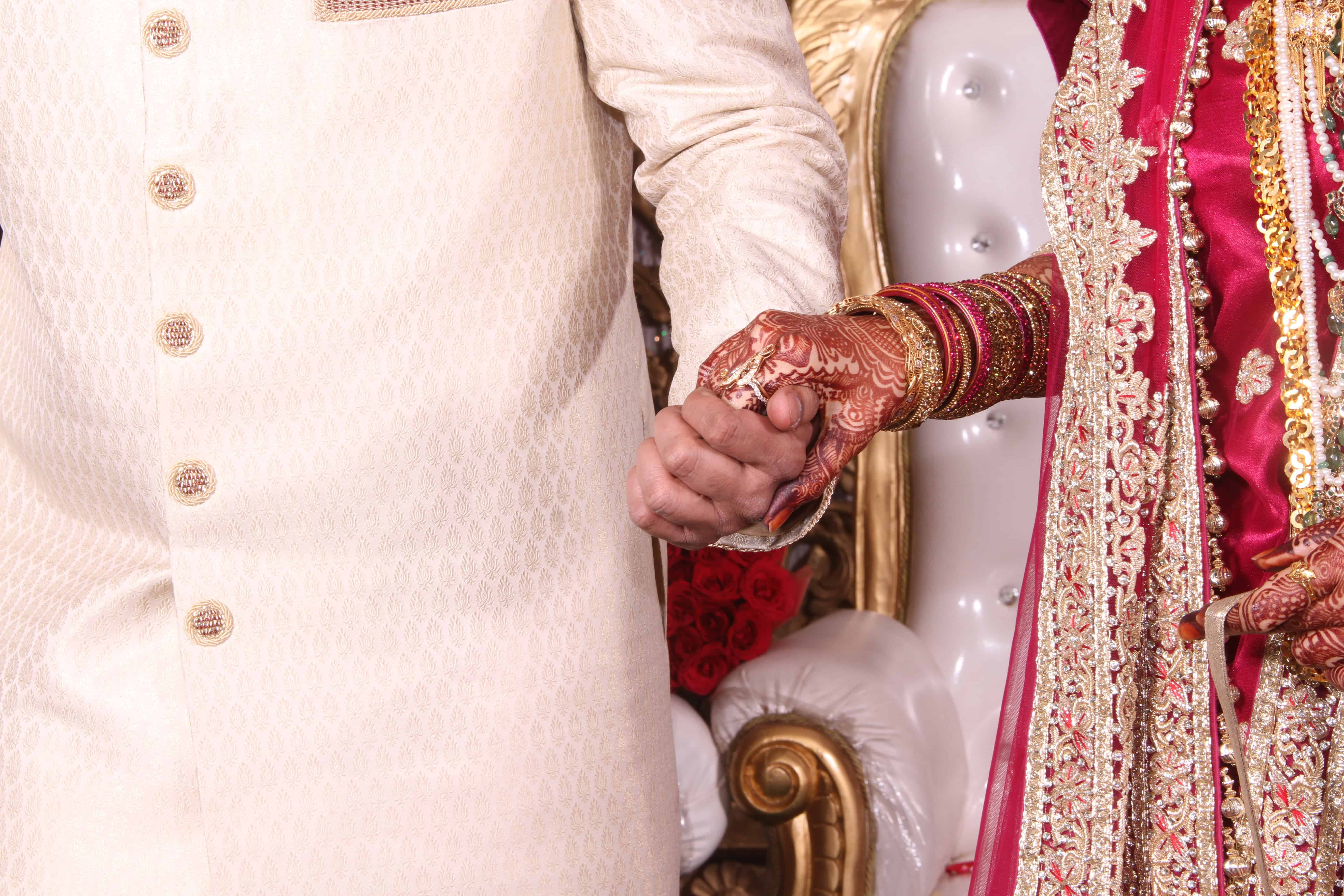
India still practise arranged marriages.
The practice of arranged marriage in India originated in Vedic times. For royal families, a ceremony known as the ‘Swayambar’ would be arranged for the bride. Today, the concept of arranged marriage continues to exist among Indians and it is a fundamental part of ‘Indian Traditions’.
74% of women in India prefer arranged marriage.
Almost 74% of Indians women today still prefer the arranged marriage set up wherein parents and relatives will choose who they think is the best for their child as a lifetime partner. The success ratio between following your parents versus your own heart’s desire, surprisingly, shows and proves that arranged marriage is far more successful.
Indian brides wear their wedding rings on their toes, called 'Bichiya'.
Wearing toe rings is a tradition in India and has been a part of its culture since the Ramayana times. Many brides today still continue this tradition and are using Bichiya as the wedding ring where the husband puts the Bichiya on his wife’s toe during the ceremony.
India has one of the lowest divorce cases in the world.
Statistics show that 1 in 100 marriages in India ends in divorce, one of the lowest rates in the world.
India has all religions in the world.
Even if 80% of Indians are Hindus, the country welcomes all kinds of religions or established communities of all the major world religions, including the smaller ones.
Less than 2% of people in India define themselves as atheists.
Majority of the Indian population practice Hinduism, that’s about 79.8%. Other religions in India include Islam (14.2%), Christianity (2.3%), Sikhism (1.7%) and Buddhism (0.7%).
India has the most number of mosques in the world.
India is estimated to have more than 300,000 mosques, more than any other Islamic nation. With their Muslim population in the country, there is 1 mosque for every 670 people.
Indian temples have copper plates to absorb positive energy from Earth.
Most of the Indian temples are placed in magnetic wave lines of the earth, and they believe that it will maximize the available positive energy. A copper plate is buried under the main idol that absorbs the positive energy and Indian believers go often to the temple to absorb this energy.
Indian women wear saris.
The sari is a single cloth ethnic wear for Indian women that is comfortable to use. It started out in the Hindu tradition that spread throughout India.
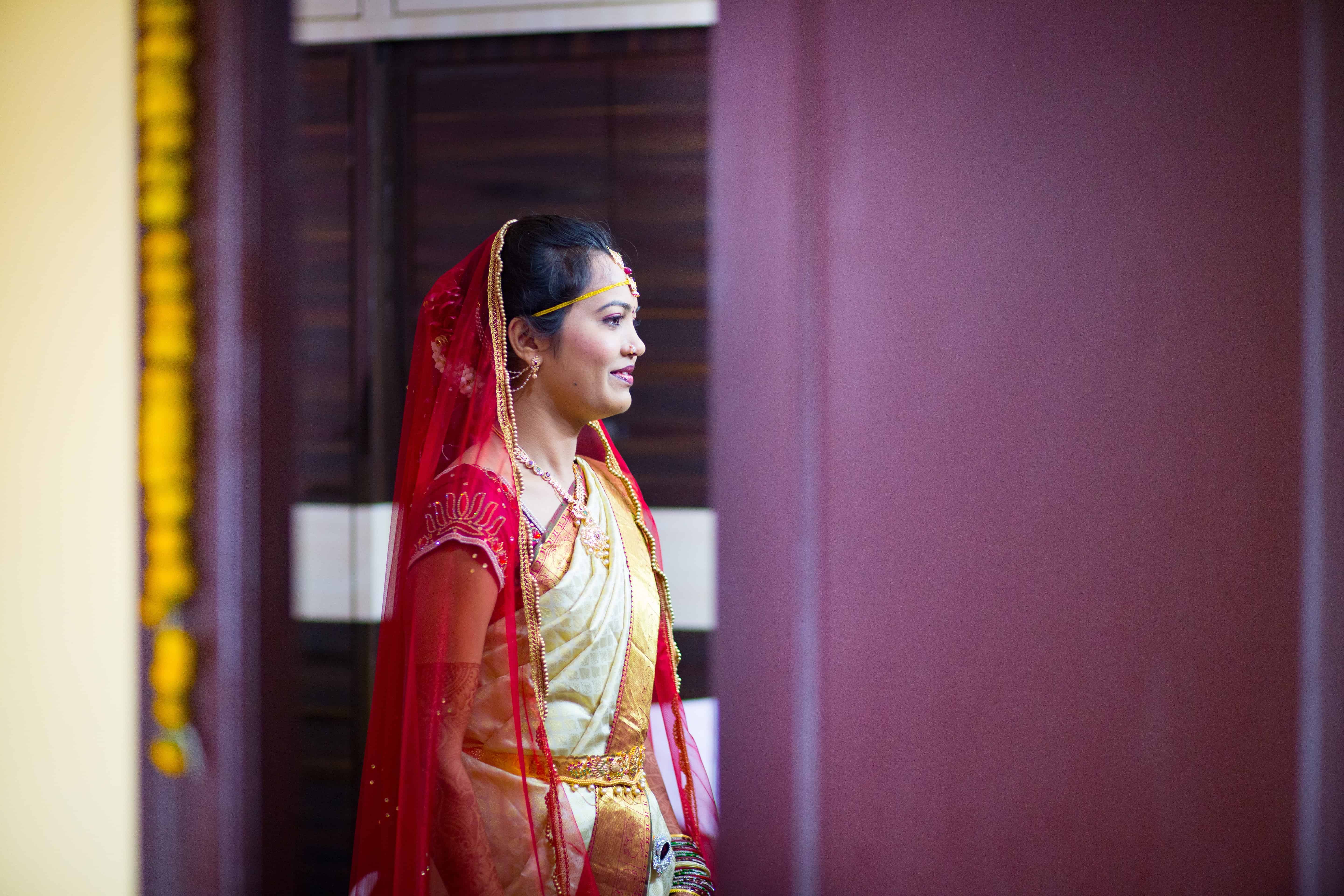
Indians value their guests as much as they value God.
Atithi Devo Bhavah means the guest is equivalent to God and for Hindu, it prescribes as a zestful host-guest relationship. The guests have always been important in India’s culture.
Indians learn martial arts.
India has diverse styles of martial arts. The Silambam, Kalaripayattu, Huyen Langdon, Mardani Khel, Gatka, and Sqay are the most popular. These martial arts are still popular today in India for fitness exercises and self-defense.
Indians enjoy eating with their hands.
Some people may find it disturbing or unhygienic but Indians love eating with their hands to savor the Indian delicacies and bring the real goodness of the food.
Different regions in India have their own signature dishes.
Indian food is an essential part of their culture and also contributes to India’s popularity across the world. Every region in India has its own signature dish from Alu Gobi, Rojan Josh, Samosas, Malai Kofta, Matar Paneer, Curries and many so much more, the style of cooking varies from region to region.
Chai is the national drink of India.
Chai tea is more than just a cup of tea. Beginning the long day with a thick sweet drink is an essential part and tempo of life in India. India is also the 2nd largest producer of tea in the whole world. This explains why tea plays such an important part of Indians’ lives.
Mother Teresa and Mahatma Gandhi are the two most famous people in India.
Two of the most famous people in India are Mother Teresa and Mahatma Gandi which are known for their heroism. Their remarkable quotes are, “It is not how much we give that counts, but how much love we put on giving” – Mother Teresa. And “the future depends on what we do in the present” – Mahatma Gandi
Bollywood is the Hollywood of India.
Bollywood is the largest film producer in India and also one of the largest film producers in the world. Bollywood is introduced as a Hindi cinema and has been growing its presence in Indian English. They are also a song producer or much known as the Music of Bollywood.
India developed a missile named after the God of Fire.
India developed a ballistic missile and named it as Agni Missile (God of Fire). This missile is designated as a special program for India’s defense.
The caste system is still in place in India today.
The caste system of India is one of the oldest forms of “social distinction”. Rural communities are arranged on the basis of castes – the upper and lower caste live in segregated colonies. It is often criticized for being unjust, but it continued for centuries and cornering people into fixed social orders making it hard to escape. The caste system still affects modern India today, (Priest and Scholars as the highest, followed by Nobles and Warriors, then the business owners and finally the Laborers or Servants).
There are 8 types of classical dance in India.
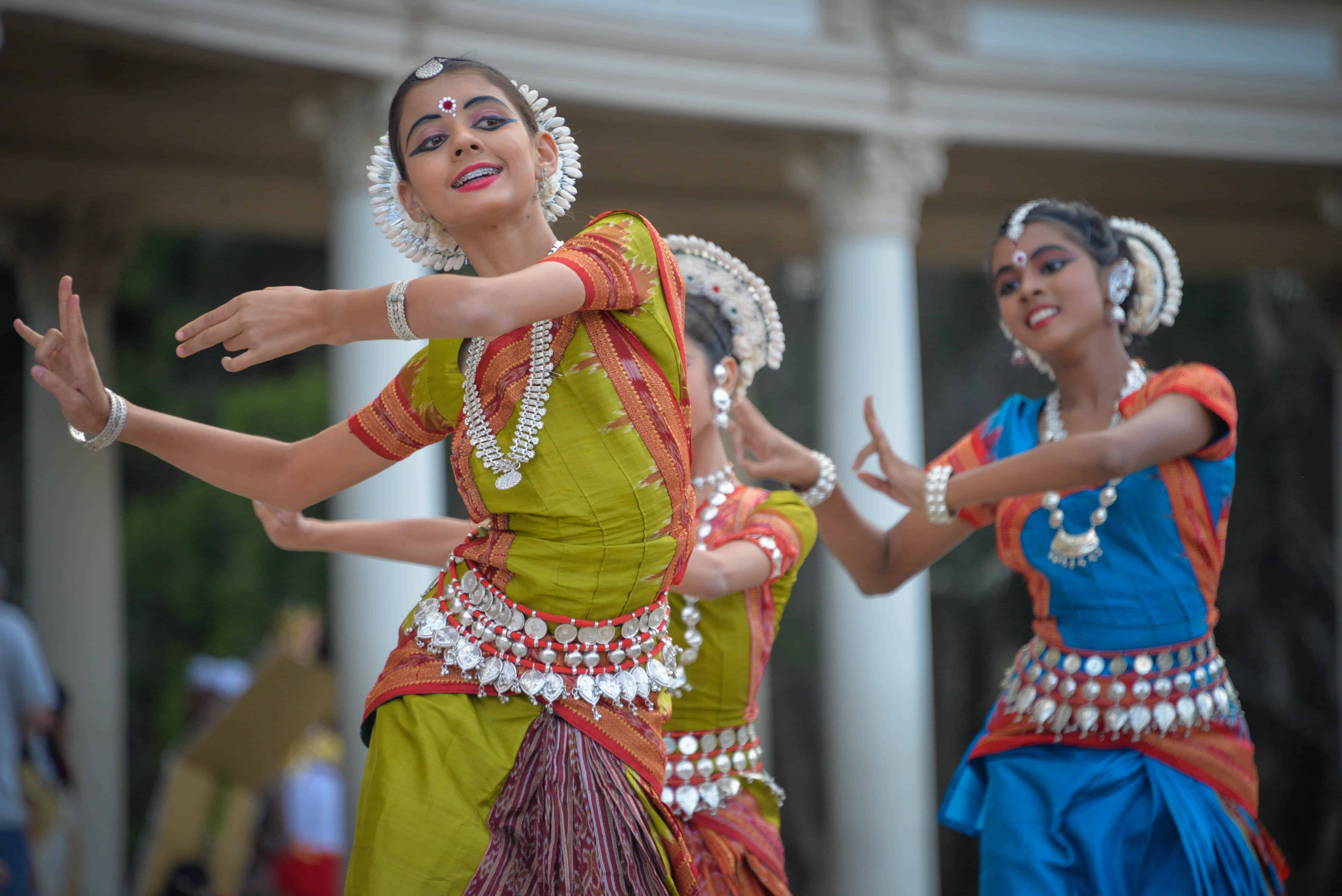
There are eight classical dances in India which are Bharatnatyam, Kathakali, Kathak, Mohiniyattam, Kuchipudi, Odissi, Manipuri, and Sattriya.
The Kumbh Mela festival in India is a major pilgrimage in Hinduism.
This festival is celebrated 4 times over 12 years. Each time, over a hundred million people attend the Kumbh Mela Festival and it is the world’s biggest gathering of humans.
Pollution in Mumbai is as bad as smoking 100 sticks of cigarettes.
Inhaling air in Mumbai for a day is equivalent to smoking 100 sticks of cigarettes and the main contributors are traffic congestion, greenhouse gas emission, fuel adulteration, and fuel biomass burning.
Police officers are given higher pay for having a mustache.
In Madhya Pradesh, India the police officers are given a slight pay upgrade for having a mustache because their superiors believe that having a mustache will earn them more respect.
There are not enough police officers in India.
For every 100,000 people in India, there are only 130 police officers. Uttar Pradesh has the highest number of violent crimes in India even though it also has the world’s largest police force.
A man in India has 39 wives and 94 children.
Ziona Chana holds the records of the world’s biggest family, a man with 39 wives, 94 children, and 33 grandchildren. “I consider myself a lucky man to be the husband of 39 women and the head of the world’s largest family,” – Ziona Chana. All of them live in a 100-room 4-story house in Baktwang village in Mizoram.
A man in India marries a female dog.
A man named P. Selvakumar in southern India married a female dog in a traditional Hindu ceremony as an attempt to atone for stoning two other dogs to death. He believed that those acts had cursed him, and marrying the female dog was the only way he could overcome the curse.
India issued 88 million identification cards for the buffaloes and cows.
In 2017, 12-digit identification numbers were given to 41 million buffaloes and 47 million cows to identify them. This helped owners to track their cattle’s activities and information more efficiently. In 2007, a similar exercise was done for the cows in West Bengal villages in order to stop the smuggling of cattle at the border of Bangladesh.
India has the world's largest slave population.
India holds the most number of slaves in the world, with an estimate of 14 – 18 million people. Many work as slave labor in the brick kiln industry – including women and children.
More than 50% of households in India did not have access to toilets in 2014.
This was because the toilets were not connected to clean water and sewers. But the primary reason was, there’s been no nationwide education and effort to change the country’s culture. When Narendra Modi, the Prime Minister of India, took office in 2014, he promised to build toilets for his people. By March 2019, 93.1% of households in India had access to toilets.
India's Go Air airline only hires female flight attendants.
Taking advantage of a lighter female weight, the airline company believes that they can save $500,000 per year in fuel cost by hiring an all-female crew.
At least 15.6 million abortions happen in India every year.
Although the government reports 700,000 abortions every year officially, the real figure may actually be 21 times that, which includes self-administered abortions at home, or in private abortuaries.
The minimum monthly wage is approximately US$31.
An average person in India has to work for almost half-day to eat a burger in McDonald’s. The minimum salary per month is 2,264 Rupees or 31 U.S. Dollars and a high paying job in India pays about 74,062 Rupees or 1,040 Dollars per month.
Women in India own 11% of the world's gold.
Indian women hold an 11% share of the world’s gold. That is more than the reserves of Germany, the United States and Switzerland combined.
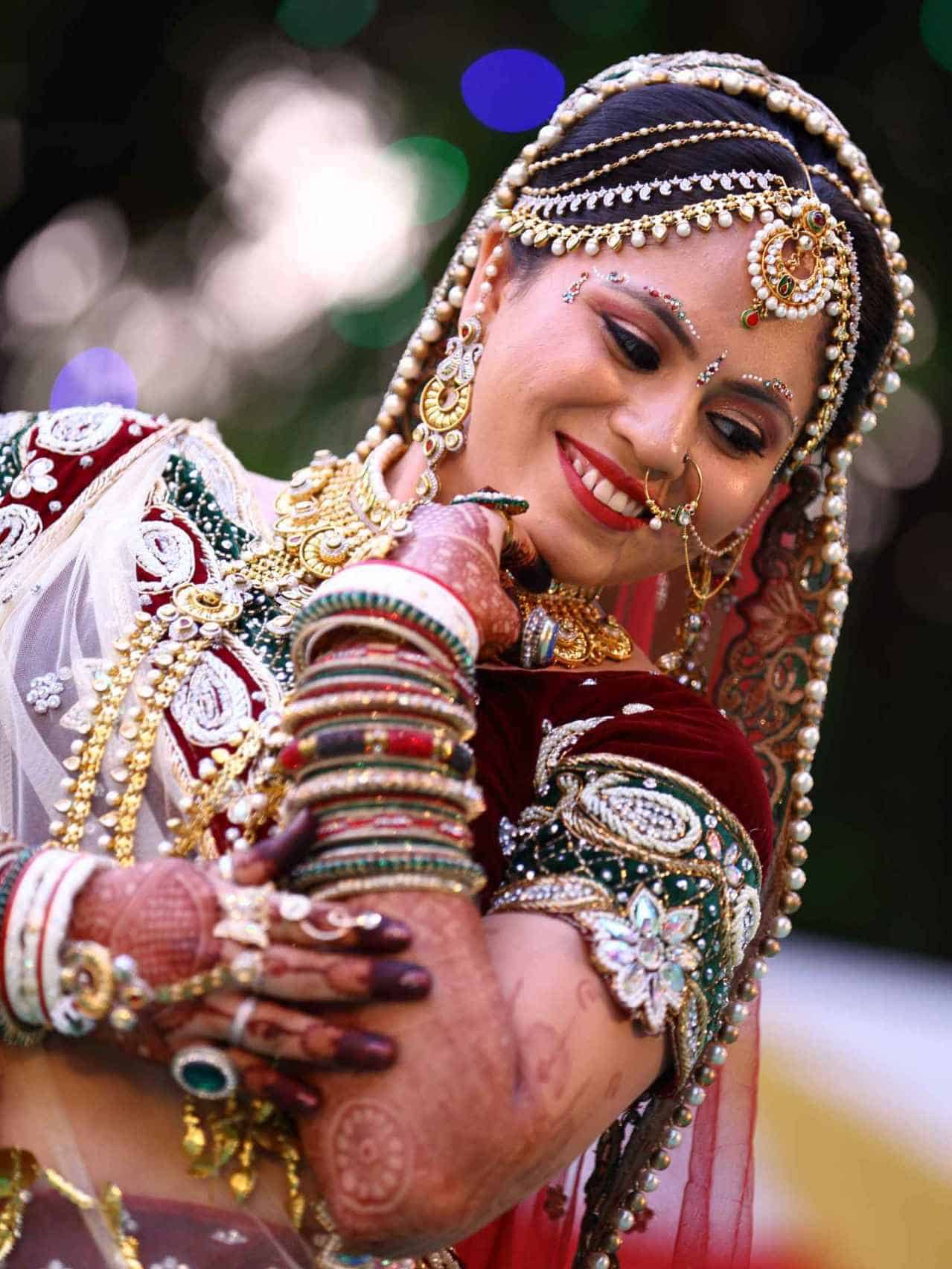
A territorial dispute between India and Bangladesh was resolved by global warming.
After 30 years of disagreement between India and Bangladesh of a small island in the Bay of Bengal, the New Moore Island in the Sunderbans has been submerged due to global warming. “What these two countries could not achieve from years of talking has been resolved by global warming,” – Sugata Hazra, an oceanographer. Sad, isn’t it?
There is a Waterman in India.
Rajendra Singh was born in the village Daula in Bagpat district in Uttar Pradesh. Rajendra revived 5 rivers and brought water to 1,000 villages in India. He is a well-known Indian water conservationist and environmentalist, who has received the Magsaysay Award in 2001 and Stockholm Water Prize in 2015.
There is a Bouncer Village in India.
Also known as the ‘strongest village’, the twin villages of Asola-Fatehpur Beri in Delhi have the most number of bouncers and bodyguards. More than 90% of the men from this village provide the necessary protection at the bars and nightclubs in New Delhi and other parts of the country. They train daily for 2 hours every morning and evening to get in shape. This trend started unexpectedly when Vijay Tanwar was not chosen by the national wrestling team for the Olympics. He wanted to put his muscles to good use and landed a job as a bouncer. And the rest is history.
India had the most World War II volunteers.
Indians made history by having the largest volunteering army in World War II, with a total of 2.5 million volunteers.
The Indian government protects a group of people who are uncontactable by the outside world.
The North Sentinel Island is home to the Sentinelese natives, a tribe that refuses and rejects any contact with the outside world. They are among the last uncontacted people and remain literally untouched by modern civilization. The Indian government has prohibited any outsiders to go within 3 miles of the island.
There is a village with no doors and locks, and zero crimes.
Shani Shingnapur is a village in India where the villagers do not use doors and locks in their houses, surprisingly the village has not recorded any kind of crime for over 400 years. The locals believe that their security comes from lord Shani, the god of Saturn.
Indian farmers use Coca-Cola and Pepsi as pesticides.
Agricultural scientists support this theory, as the sugar content of the coke can make them effective in repelling pests.
A religious statue in India had holy water dripping from it.
Believers of the statue had been collecting the water drops and drink from it, but it was later to be found that the source of the water drops in the statue came from a clogged toilet.
India holds the Guinness World Record for planting trees.
On Monday, July 11, 2016, India set a new Guinness World Record for planting more than 50 million trees with 800,000 volunteers in a single day.
There is an increasing number of Indian restaurants around the world.
As the popularity of Indian food increases around the world, cities across the globe like London nowadays has more Indian restaurants than Mumbai or Delhi, India.
There are more than 2500 deaths on the Mumbai Rail Way every year.
This is largely due to the massive overcrowding of the trains and the illegal crossing of train tracks. The good news is, there has been a steady decrease in the number of deaths every year, due to the increase in train frequencies and longer train platforms.
There is a day to worship snakes by Hindus in India.
Every year, Naga Panchami is a day observed by Hindus to worship snakes. Worshippers offer milk to the snakes and they pray to the Lords to keep them safe from snakes.
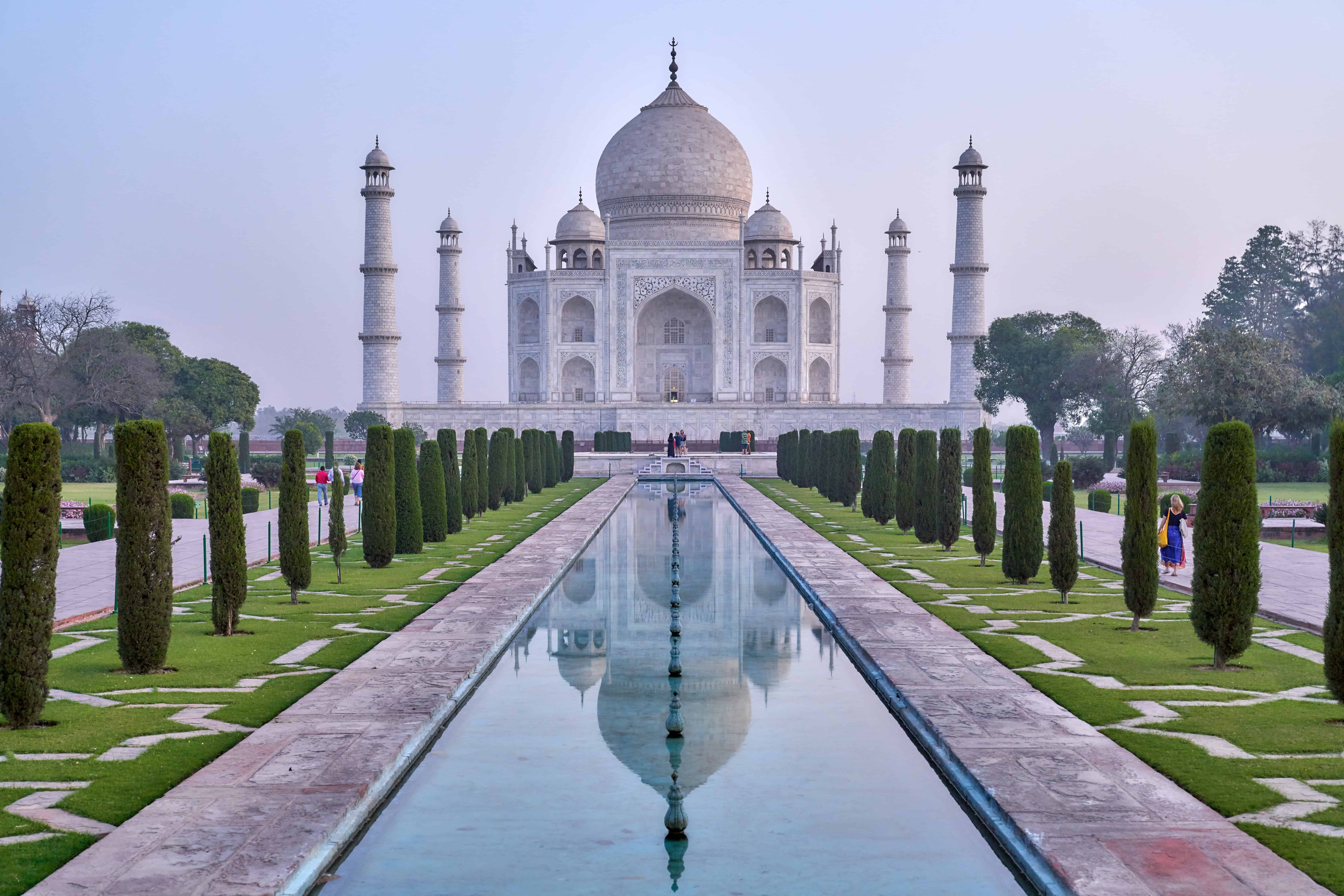
The Taj Mahal is changing its color.
Due to the high levels of pollution and contaminants, the Taj Mahal’s white marble exterior is slowly turning yellow.
Taj Mahal was once 'sold'.
Natwarlal was an Indian con man known for having repeatedly ‘sold’ the Taj Mahal. Natwarlal was sentenced to 133 years imprisonment and yet he managed to escape the prison 9 times. Natwarlal is considered to be the greatest conman in Indian history.
The Taj Mahal was 'disguised' during World War II.
During World War II, the Indians placed bamboo scaffolding over the Taj Mahal. The purpose of the scaffolding is to make the Taj Mahal look like nothing but a bamboo stockpile from inside of a bomber plane flying miles above and it was successful – the Indians repeat the same strategy when they are at war against Pakistan in 1965 and 1971.
Indians are the top readers in the world.
In 2017, India ranked number 1 on the list with its citizens reporting an average of 10 hours and 42 minutes a week spent reading. Attaining the number 1 position on the list an accomplishment for this country given that India’s literacy rate is lower than the global average (of 74%).
'Blood' rain fell in Kerala, India.
A heavy downpour of red-colored rain fell sporadically on the state of Kerala, India between July and September 2001. There were many theories behind the red-colored rain, but it was only more than 10 years later, the scientists finally solved the mystery. The algae species, Trentepohlia annulata, found in the red particles of the rain probably came with the clouds originating from Austria.
A woman in India married a cobra.
A woman who fell in love with a cobra married the reptile at a traditional Hindu wedding in India’s Orissa state with 2,000 guests. Snakes are worshiped in India as religious symbols worn by Lord Shiva, the God of Destruction.
There is a baby tossing ceremony in southern India.
At the Sri Santeswar temple in Indi, Karnataka, parents drop their babies from the top of the temple where 14 men are waiting down below holding a bedsheet to catch the baby. This ritual is believed to bring good health and luck to the babies.
The ceiling in Chennai Airport has fallen more than 70 times.
The ceiling in Chennai Airport has fallen up to 74 times between 2012 and 2016. Airport officials said that nobody got hurt or injured in the last incident. The airport authorities were given a 35-lakh contract in Chennai to fix the glass panels and they hoped that that would be the last incident.
A bus driver was struck by a meteorite in India.
It is estimated that around 500 meteorites hit the earth every year, but unfortunately, an Indian bus driver became the first person to be struck by a meteorite in history.
India's main source of income comes from agriculture.
India is an agriculture-based country and more than 50% of the population depends on agriculture – the agribusiness is considered to be the backbone of India’s economy however, the IT industry and e-commerce business are noticeably growing fast as well.
A deceased body is cremated within 24 hours after death, according to the Hindu funeral traditions.
According to Hindu funeral customs, a body is cremated within 24 hours after death, where it is usually placed at home before that. After cremation, the ashes are either scattered into a sacred body of water or other places that are of significance to the deceased.
Only 3% of Indians pay their income tax.
This is largely due to the young Indian population and more than half of the population depending on agriculture. Surprisingly, the top 5% of the taxpayers contribute close to 60% of the total tax collections.
KFC provides a vegetarian menu in India.
The food chain giant, KFC has diversified its menu in India, and they are now serving vegetarian items such as Veg Zinger, Veg Snacker, and Veg ZingKong. This is in an effort to reach out to more customers.
India has the biggest sundial in the world.
The world’s largest sundial in Jaipur, India is 27 meters (90 feet) tall and is so huge that its shadow moves at a speed of 1 millimeter per second and it moves 6 centimeters (about 2 1/3 inches) every minute.
The highest recorded temperature was in Phalodi.
India recorded its highest-ever temperature in the town of Phalodi, in the western state of Rajasthan. The temperature shot up to a burning 51 degrees celsius!
India recorded 26 holidays in 2019.
India recorded a staggering 26 holidays for 2019 which are: New Year’s Day, Makar Sankranti / Pongal, Republic Day, Maha Shivaratri, Holi, Ugadi / Gudi Padwa, Ram Navami, Mahavir Jayanti, Good Friday, Labor Day, Budhha Purnima, Eid-ul-Fitr, Rath Yatra, Bakri Id / Eid ul-Adha, Raksha Bandhan, Independence Day, Janmashtami, Vinayaka Chaturthi, Muharram, Onam, Mahatma Gandhi Jayanti, Dussehra / Dasara, Diwali / Deepavali, Milad un Nabi, Guru Nanak’s Birthday, and Christmas. It was 4 days short to declare “one-month holiday”.
India has a big heart!
The fact that India provides refuge and help to more than 300,000 refugees coming from Tibet, Sri Lanka, Bhutan, Afghanistan, and Bangladesh at our escaping from religious and political oppression just goes to prove that.
Was this page helpful?
Our commitment to delivering trustworthy and engaging content is at the heart of what we do. Each fact on our site is contributed by real users like you, bringing a wealth of diverse insights and information. To ensure the highest standards of accuracy and reliability, our dedicated editors meticulously review each submission. This process guarantees that the facts we share are not only fascinating but also credible. Trust in our commitment to quality and authenticity as you explore and learn with us.
